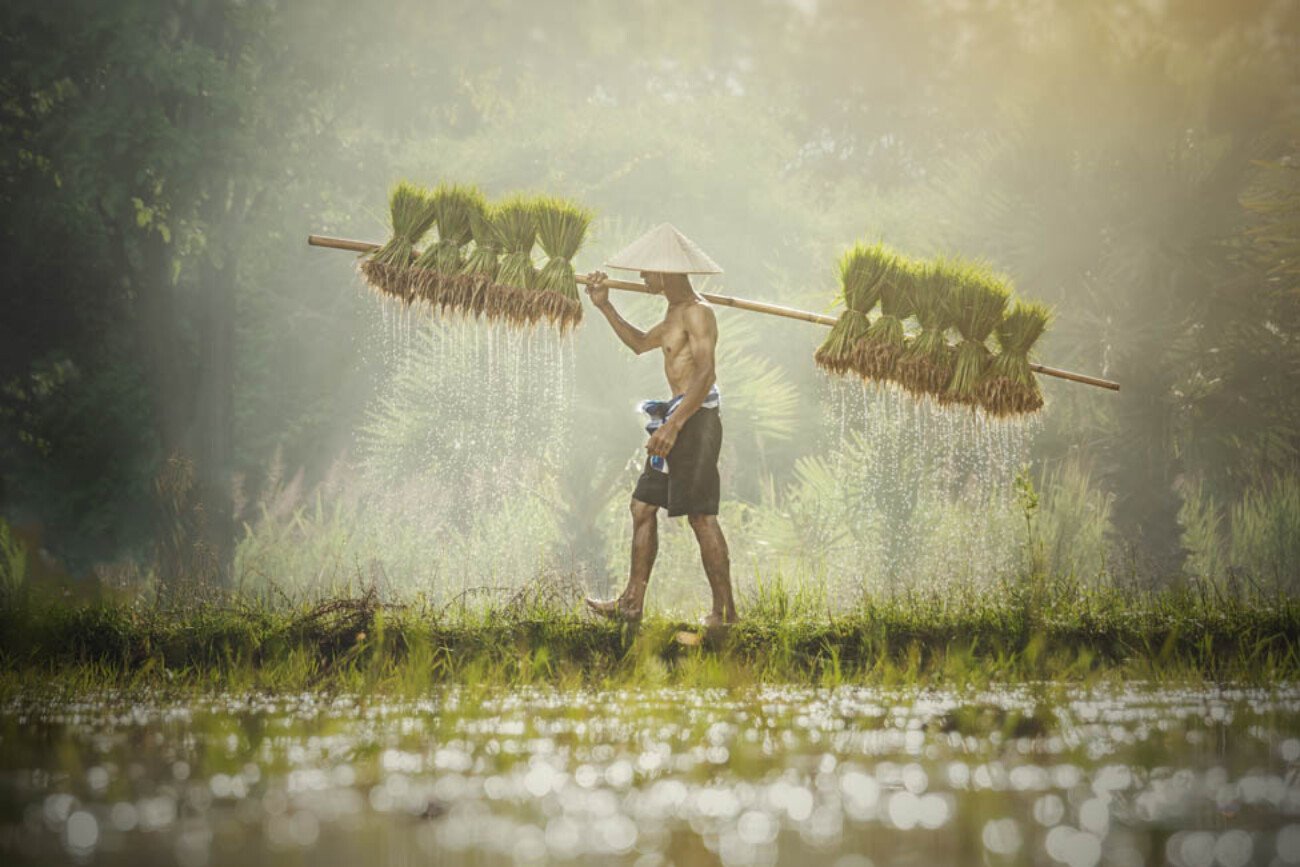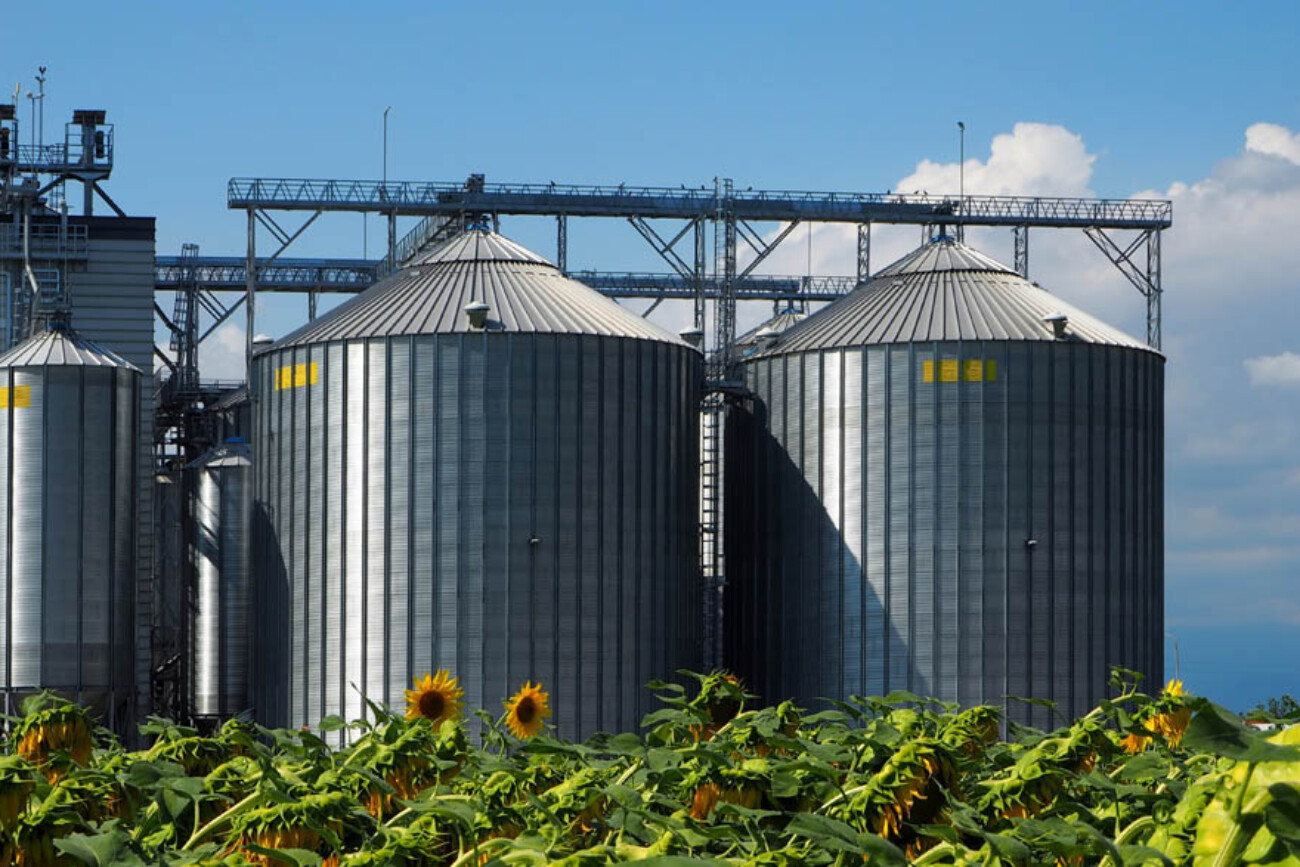Global Macro
A new year maybe but the markets continue to prevaricate over whether the Fed will pause or accelerate around the sacred 5% funds rate. There are some who believe that inflation is receding and indeed will find any data to support their asset selection. There are others, some Fed officials among them, who continue to warn that there could as easily be another leg up and we should remain vigilant. There are others, including our own personal hero, Zoltan Posnar, who regardless of inflation believe that the 60:40 model is dead, and one should include commodities up to 20% in one’s mix.
A combination of higher gas prices and supply shutdowns
will have a profound effect on agricultural yields.
None of this is obvious to us as mere bystanders but one thing we can comment on and that has serious implications on food security and inflation is fertilizer supply. We expect that the prices of ammonia nitrate and its constituents will increase, as it is becoming highly complicated to source many of the fertilizer mixes. The Haber Bosch process to create ammonia is highly dependent on natural gas. A combination of higher gas prices and supply shutdowns have caused a very large shortage in Latin America and Africa. BASF among others is shutting down multiple European operations in favor of Asian plants partly as a result of the Nord Stream 1 shutdown. This will have a profound effect on agricultural yields. We may all enjoy buying from the organic aisle in the supermarket but without concentrated fertilizer use on industrial farms, yields could fall substantially in combination with climate issues. In an El Nino year, this is potentially very bad news and is a real diligence action item for our lending against certain types of producers.
When we consider all the above and live in a sector where the state-owned enterprises from China have become the biggest end buyer, we wonder if their prescience is merited or simply part of their overall strategy to buy every useable commodity in very large quantities. To us all this looks like a flashing red light. Be aware and react accordingly.
Agricultural Commodities
Last year much of our focus was spent assessing the changing agricultural supply chain, mostly driven by the Russian-Ukrainian conflict. Whether it was wheat, sunflower seed, or natural gas and fertilizer, the impact was felt globally. Looking at prices today though, you’d probably see no difference. Wheat, corn and sunflower are all back to pre-war levels, as are fertilizers. What was once Ukraine’s is now Russia’s, and perhaps that will flip flop in the future. The only loss seems to have been on the very front lines of the conflict, and in some other discrete areas. Fertilizers that are imperative for growing in some regions have moved where they need to be despite sanctions and insurance blockers. Where there is friction, there is opportunity, and there are more than a few well-established global traders who have quickly found a way to circumvent, perhaps for the better.
The conflict is nowhere near over, and commodity markets, especially energy, remain fragile. As a consequence, numerous countries around the globe are looking to reduce their import dependence. While energy is often “found”, different agri-commodities can be grown in various climates. Indonesia has launched an effort to increase planted area of sorghum by 200% over the next two years in an effort to diversify its food sources. Sorghum is a grain that can be milled into flour, eaten raw, or cooked with water much like other grains; but as many readers will note, it is not “common”. Similarly, West African countries are attempting to increase production of grains that require little fertilizer – fonio is one example. Other crops that have piqued interest are Kernza, Taro, Amaranth and more.
Opportunities will not be limited to
just alternative crops, but improved technology
and precision agriculture as well.
The issue of food security is not just prevalent in discrete regions, the Food and Agriculture Organization of the UN has declared 2023 as the International Year of Millets. It theorizes that millets “can grow on arid lands with minimal inputs and are resilient to changes in climate” – a bold statement to say the least, as it also covers 9 of their 17 sustainable development goals. While their endeavors will likely be limited to promoting awareness, there is certainly opportunity in these alternative crops. We believe the trend to re-diversify the global diet to be less reliant on trade will continue on the back of reduced globalization, and higher levels of geopolitical tension.
Malthusian rhetoric has been exceptional over the last few months, despite its debunking decades ago. We don’t believe the situation is as dire as this, however, we do believe the rhetoric is helpful for promoting investment in the sector. Last year we spoke of shifting supply chains, driven by interruptions from the pandemic that unveiled these weak points, and today the trend is similar, but at the crop production level. The opportunities will not be limited to just alternative crops, but improved technology and precision agriculture as well. For our “Foodie” readers we regret to inform you that Noma, the Danish Michelin three-star restaurant, often taking top spot for best restaurant globally, will shut its doors in 2025 to focus itself on its food lab. Perhaps they see the writing on the wall. After all, with alternative crops, will come alternative manners to consume them, and we hope it to be appetizing.
Nord45Partners ©2022


